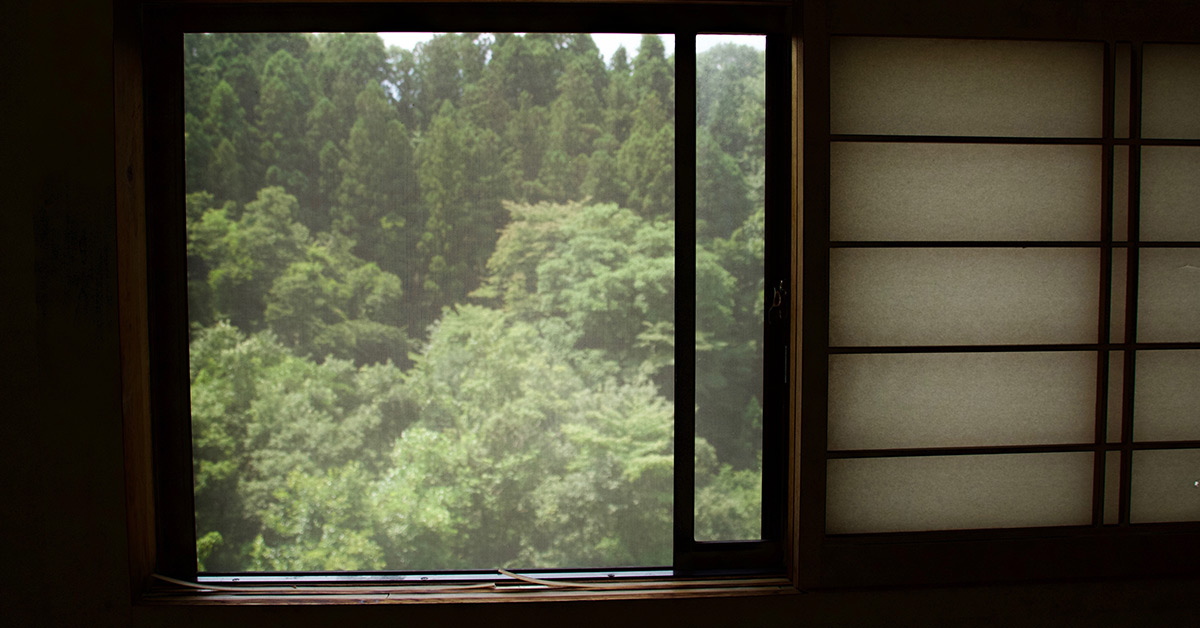Jan 19th 2017
Replacing Your Window Screen
Replacing Your Window Screen
A big aspect of being a homeowner is fixing stuff. Your garbage disposal stops working. The drain in the bathtub gets clogged. The carpeting gets frayed. The screens on your windows are no different, and since they generally aren’t designed to be terribly strong, they’ll need to be replaced from time to time. First, how do you know you need a replacement window screen?
Obviously, if the screen has a massive hole, or if the frame has been severely bent, then, yes, it needs to be swapped out. But let’s look at the bigger risks to screens, then we’ll talk about smaller details to bear in mind.
The Life of a Window Screen
On average, a window screen will last somewhere between 10-15 years. That’s assuming it’s cleaned on a regular basis and has minimal exposure to the elements. Also, the area you live in and weather patterns can have an effect. Along with that, let’s look at some of the most common reasons for damage.
- Water is not a friend to your window screen. For example, if you’re home is located in an area with high humidity and lots of damp weather, the frame can start rusting faster than if you’re in an arid and dry place. If you live next to the ocean, the salt in the seawater can be a problem since salt is corrosive.
- Sure, we love our pets. The problem is, pets and screens are a lousy mix. Cats look at screens as just a conveniently located scratching post, while dogs can scratch or nudge screens to try to get outside.
- We also love our kids, but kids excel at accidentally damaging stuff, and screens are no exception. Remember, a window screen that’s loose or missing entirely can be highly dangerous.
- It’s hard to avoid, but your screens will also sustain damage if they are removed fairly regularly for cleaning or for seasonal issues.
From time to time, take a moment to inspect your screen. In particular, look for:
- Small holes that are only visible up close
- If the corners of the screen seem to be faded, that’s a sign that the screen is close to breaking off from the frame itself.
- If the mesh on the screen is loose, instead of its normal tautness.
- If the mesh looks shiny, which is a regular sign that it’s aging.
Window Screen Replacement Guide
We’ve all had to do it at one time or another. Whether you need to re-screen your existing mesh or install a new screen- frame and all, you’ll need to remove the screen from your window. So how do you go about it? For a step-by-step guide on removing your window screen, read on.
How to pop out a window screen
The first step is to locate the clips that hold the screen in place. They will typically be found at the edges of the frame, and are likely made of plastic or metal. Once you’ve located the clips, you’ll need to unhook them.
You can do this by inserting a flat-head screwdriver between the clip and the frame and gently prying the clip away from the frame. Be careful while you’re doing this- as you don’t want to damage the screen or the frame.
The next step is to pull the screen away from the window frame. You should be able to do this with your hands, but if it’s stuck in place, you may need a pair of pliers or the flat-head screwdriver you used earlier. Once, again, you’ll want to be careful so as not to damage the frame or your window.
The final step is to clean the window frame. There may be dust or other debris that has been lodged in there, and you’ll want to remove it before installing a new frame.
How to install a new window screen
First, set up the new screen so that the latch clips and handle are facing inside the house. Then, all you need to do is slip the screen into the window frame, and make sure the screen latch clips slip into the grooves in the side of the window frame. At this point, the screen should be in place securely.


